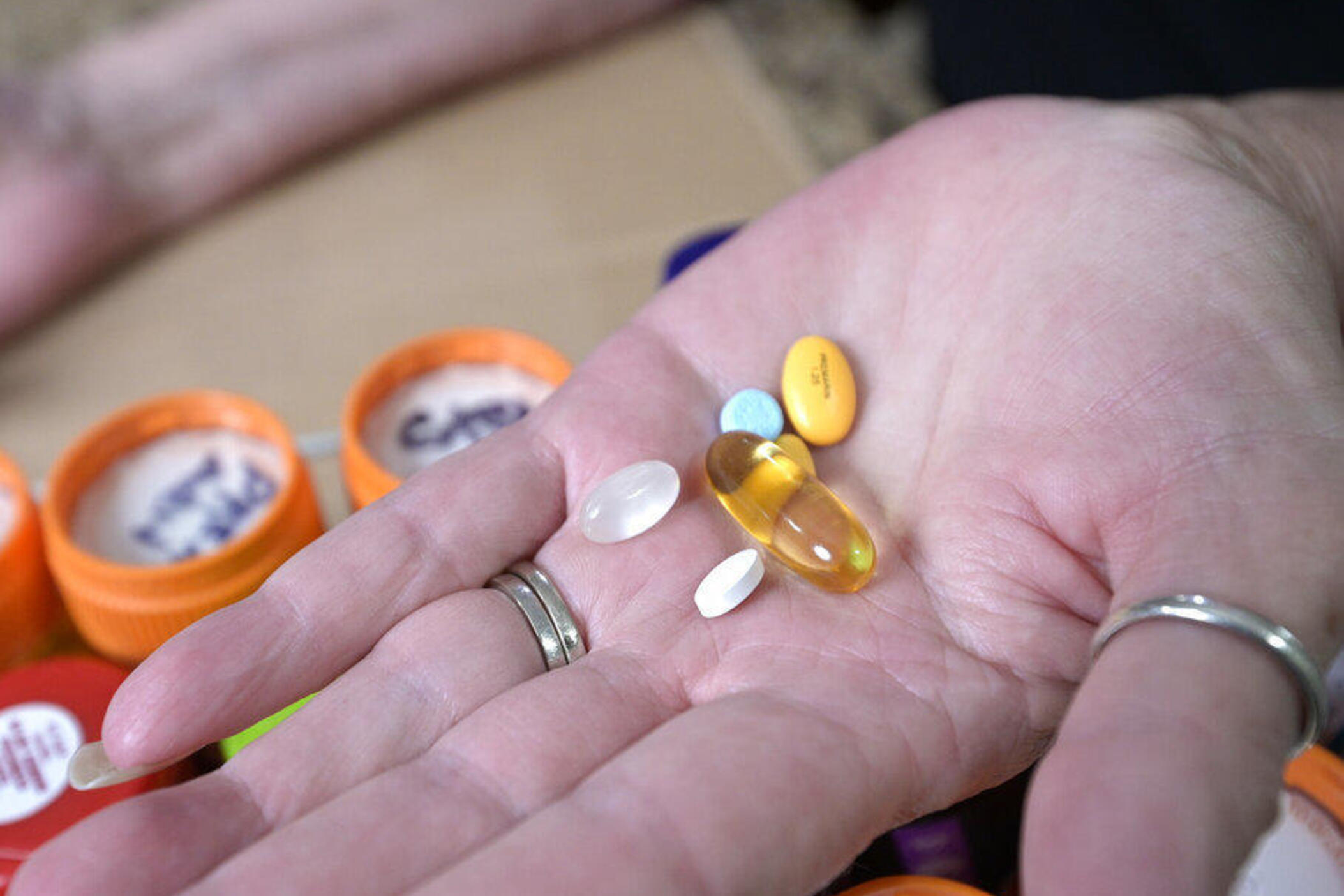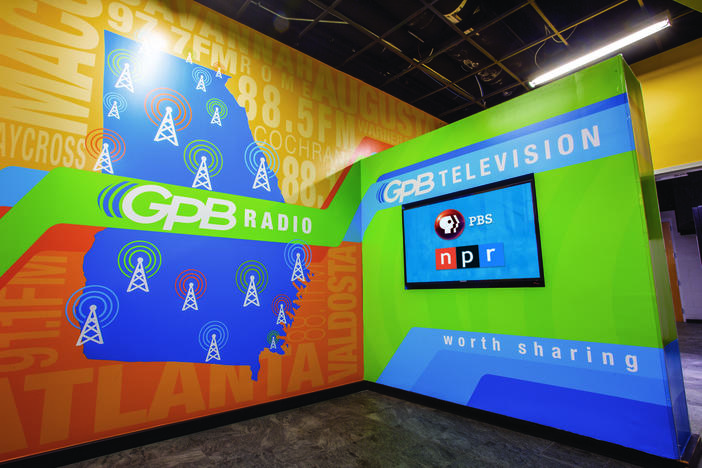Section Branding
Header Content
Cautious optimism from Georgia retailers on new drug pricing rule
Hero Image

Primary Content
Consumers in the U.S. typically pay far more for prescription drugs than consumers overseas. The federal government blames drug companies who they say subsidize low prices by charging Americans more, according to a new proposal to lower drug costs.
The executive order from the White House promises that it will make prescription drugs in the U.S. more affordable. It says the Secretary of Health and Human Services will take “aggressive measures” against manufacturers who don’t comply with prices set by the federal government.
“The United States has for too long turned its back on Americans, who unwittingly sponsor both drug manufacturers and other countries,” reads the order. “This abuse of Americans’ generosity, who deserve low-cost pharmaceuticals on the same terms as other developed nations, must end.”
It says the U.S., which funds three quarters of of global pharmeaceutical profits, consistently pays almost three times the cost for drugs compared to consumers overseas.
With promises of immediate action to make drugs cheaper, who will make that lowered price a reality?
“That is the big question,” said Kiah Williams, co-founder of Sirum and Good Pill Pharmacy in Georgia, companies which redirect drug surpluses into pharmacies and to consumers through home delivery. That's made possible through a state program called the Donated Drug Repository.
The order promises consumers will get a “most-favored-nation-price.” But Williams said drug pricing is not transparent, because on top of relying on the negotiating power of people who need medication, prices are determined at different levels by manufacturers, middlemen called pharmacy benefit managers (PBM’s) and insurers.
“A lot of companies have a say before someone is charged at the pharmacy counter,” Williams said.
Add co-pays and insurance premiums to the cost, and healthcare can quickly become unaffordable.
Likewise, in response to the executive order, The Georgia Pharmacy Association (GPhA) said its members are cautious to accept any proposed change to drug pricing on its face. The GPhA has over 1,400 members from pharmacists and hospital staff to academics.
Statements attributed to President and Board Chair Ben Ross indicate the organization is most concerned about the role of pharmacy benefit managers.
“It cannot be too soon to address the PBM situation,” Ross writes. Nationwide there have been efforts to reign in the power of PBM's, which have been accused of inflating prices.
Ultimately, the GPhA wants patients to have access to the medications they need.
“And pharmacies to be able to serve their community and stay in business,” Ross writes.
That may be a tall order without clarity from the federal government.
The executive order mandates that HHS communicate the most-favored-nation-price targets to drug manufacturers within a 30 day deadline.
“I think this is one of the key challenges that we have in this country is identifying, when we say saving money on prescription drugs or lowering costs for prescription drugs, who are we talking about? “ Williams said. “It is hard to tell exactly how right now this may trickle down to out of pocket costs.”
Especially as many consumers pay different prices for the same drugs.

